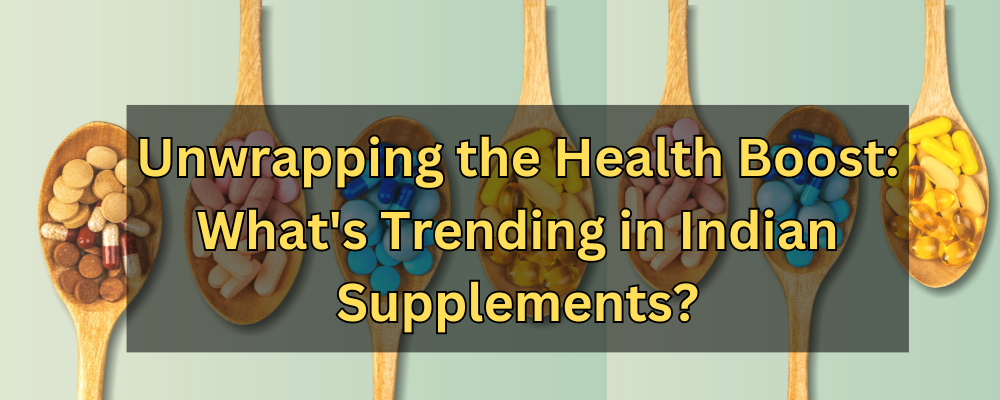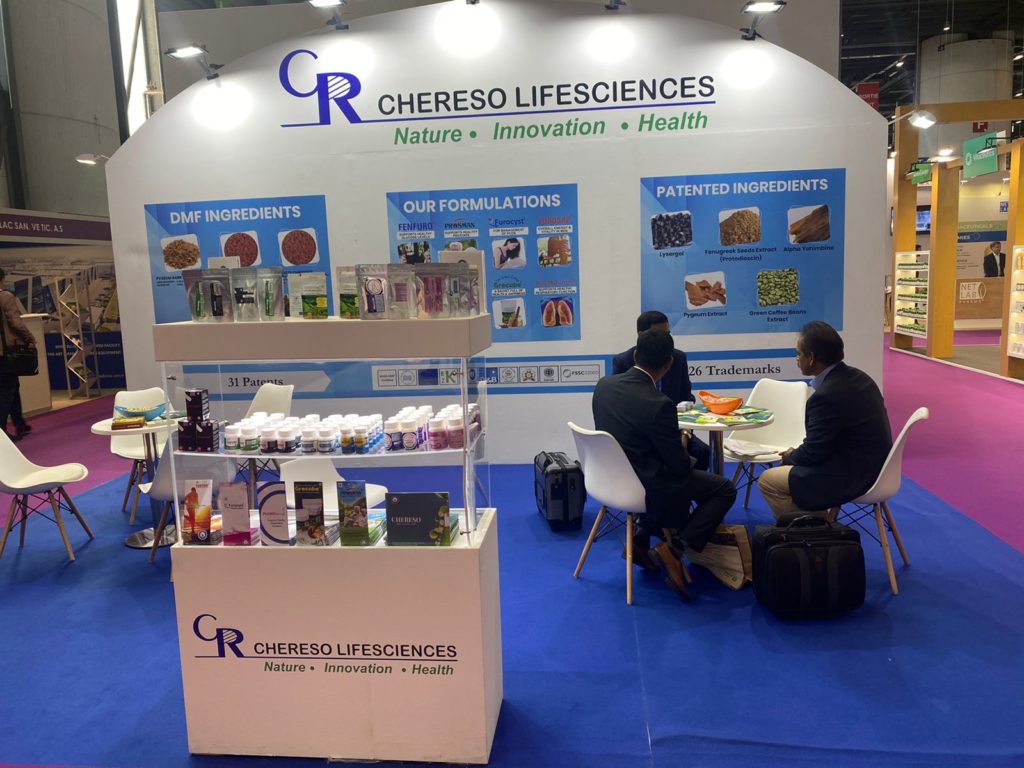DIABETES is a well-known disease these days. It occurs when the sugar or glucose levels rise inside the human body. This rise in blood sugar levels takes place due to abnormal functioning of the cells known as β-cells of pancreas.
Under normal conditions, these cells release insulin on requirement to transfer glucose from blood to the tissues/cells for energy. This transfer balances blood sugar levels. The misconduct of these β-cells disturbs the balance of blood sugar levels and causes diabetes.
The activity of β-cells can be disturbed due to many reasons. One of those reasons is the consumption of some therapeutic agents.
THERAPEUTIC AGENTS can influence the development of diabetes, especially when pre-existing risk factors are present and these may cause glucose control to deteriorate if administered to those with existing diabetes.
It has been found that drug-induced diabetes can develop at the age of 20 years but it is more prone at the age between 40-60 years. The chances of development of drug-induced diabetes are found to be more in females (70%) as compared to males (30%).
ACTION OF DRUGS INDUCING DIABETES
Therapeutic agents causing diabetes may act either by increasing insulin resistance or by affecting the secretion of insulin or both.

- Grouping of drugs according to the mechanism of inducing diabetes
- Drugs that cause diabetes by interfering with insulin production & secretion are:
| β-receptor antagonist
(used in hypoglycemia) |
Tacrolimus
(immunosuppressant used in organ transplant) |
| Priminil (Vacor)
(used as rodenticide) |
Didanosine
(used as anti-retroviral therapy) |
| Pentamidine
(antimicrobial medication in used in pneumonia) |
L-asparaginase
(as anti-cancer agent) |
| Diphenylhydantoin
(used as anticonvulsant or antilepptic drug) |
Opiates
(used as pain reliever) |
- Drugs that cause diabetes by developing insulin resistance:
| Glucocorticoids
(to control and treat inflammation) |
β-receptor antagonist
(used in hypoglycemia) |
| Megasterol acetate
(used as anti-cancer drug & appetite stimulant) |
Growth hormone
(growth stimulant) |
| Oral contraceptives
(used to prevent pregnancy) |
Protease inhibitors
(used as anti-retroviral therapy) |
- Drugs that act both on insulin secretion and resistance:
| Thiazide diuretics
(to control blood pressure) |
Diazoxide
(used in treatment of acute hypertension) |
| Cyclosporine
(immunosuppressant used in organ transplant) |
Atypical antipsychotic
(used to treat psychotic conditions) |
- Treatments that induce diabetes by increasing nutrient flux:
| Nicotinic acid
(used in dyslipidemia) |
Total parenteral nutrition
(used in intravenous feeding of person) |
- Grouping of drugs according to the capability of inducing diabetes
These agents may be divided into widely used medications that are weakly diabetogenic and drugs used for special indications that are more strongly diabetogenic.
- Weakly diabetogenic medications include antihypertensive agents, statins and oral contraceptive pills.
- Strongly diabetogenic include steroids, antipsychotics and a range of immunosuppressive agents.
- There are also a number of known β-cell poisons including the insecticide Vacor, alloxan and streptozotocin which can cause permanent diabetes.
TREATMENT & PREVENTION STRATEGIES
- Management of drug-induced diabetes is important as the diabetes so developed can convert into permanent diabetes for whole life. To prevent the development of diabetes, the blood glucose levels should be monitored regularly.
- In cases in which the drug that induced diabetes must be continued, insulin therapy is the most efficacious approach. The diabetics should also try to use the lowest effective dose of therapeutic drug, if possible. Whenever is the possibility, the therapy should be altered.
- A drug which is supposed to have adverse effect on blood glucose level should be avoided in a patient of diabetes, pre-diabetes or insulin resistance.

Other diabetes management strategies include:
- Healthy eating: Lifestyle management is the utmost requirement in the management of drug-induced diabetes. The sweets and fats should be avoided as much as possible. Fruit juice should also be limited. Meals should not be taken more than 3 times a day. Alcohol intake should also be avoided (not more than 1-2 drinks/day) and blood glucose levels should be monitored before & after drinking.
- Exercise: In drug-induced diabetes, physical activity
contributes greatly towards the improvement in health. 30 minutes of moderate activity is recommended on regular basis by physicians. It is also required to check the glucose levels before & after the physical activity. The meal should also be planned according to the blood glucose levels checked previously.
physical activity. The meal should also be planned according to the blood glucose levels checked previously. - Fenugreek supplementation: Another approach to tackle the drug-induced diabetes is by the treatment of diabetes along-with the on-going therapeutic drugs. It has been reported by many researchers that fenugreek is effective in the management of diabetes mellitus. In animal studies, the diabetes was induced in the animals with the help of alloxan or streptozotocin. Then, they were treated with fenugreek supplements. After some days of treatment on animals, improvements were noticed. There was improvement in the blood glucose levels on regular consumption of fenugreek supplements.

In an animal study conducted by Babu KR et al., it was seen that fenugreek extract produced hypoglycemic effect in alloxan-induced diabetic rats after 7-21 days of oral administration. Their histopathological study on the rats showed that the alloxan-damaged β-cells were also restored on treatment with fenugreek extract.
It has been reported by Gaddam A et al. that fenugreek act by controlling the insulin resistance. The hypoglycemic effect of fenugreek was reported by them in their clinical study on both male and female volunteers having diabetes.
In a clinical study conducted by Verma N et al., fenugreek seed extract (Fenfuro™) exhibited anti-diabetic activity in male & female volunteers diagnosed with type 2 diabetes mellitus. On completion of their clinical study, they found reduction in both fasting plasma and post-prandial blood sugar levels in 83% of the study subjects. Fenfuro™ was also safe during & after the study treatment.
According to many reported animal and human studies, fenugreek is safe and effective in the management of diabetes whether induced by drugs or develops itself. Being an herbal supplement, it does not caused any side effect in any animal or human volunteer.
REFERENCES
- https://www.ncbi.nlm.nih.gov/pubmed/1445173
- https://www.patientslikeme.com/conditions/845-medication-induced-diabetes-mellitus
- https://books.google.co.in/books?id=hgiuDHVUuT4C&pg=PA884&lpg=PA884&dq=nicotinic+acid+and+nutrient+flux&source=bl&ots=icmNhQStDJ&sig=dz40cKhJTO_Rvp70CEY8SPxqPSE&hl=en&sa=X&ved=0ahUKEwisy_SQ-5DQAhVBPo8KHczeAmwQ6AEIHzAA#v=onepage&q=nicotinic%20acid%20and%20nutrient%20flux&f=false
- http://www.cancer.med.umich.edu/files/steroid-induced-diabetes.pdf
- http://www.apiindia.org/pdf/medicine_update_2010/diabetology_08.pdf
- http://www.diapedia.org/other-types-of-diabetes-mellitus/41040851133/drug-induced-diabetes
- http://spectrum.diabetesjournals.org/content/24/4/234
- https://www.ncbi.nlm.nih.gov/pmc/articles/PMC4591578/
- https://www.ncbi.nlm.nih.gov/pmc/articles/PMC2816457/
- http://www.ijddr.in/drug-development/antidiabetic-and-histopathological-analysis-of-fenugreekextract-on-alloxan-induced-diabetic-rats.pdf
- https://www.researchgate.net/publication/309021517_A_multicenter_clinical_study_to_determine_the_efficacy_of_a_novel_fenugreek_seed_Trigonella_foenum-graecum_extract_Fenfuro_in_patients_with_type_2_diabetes














